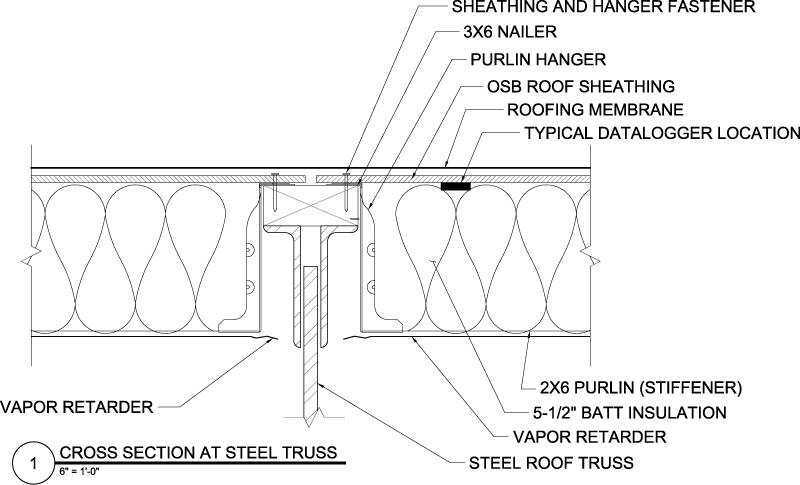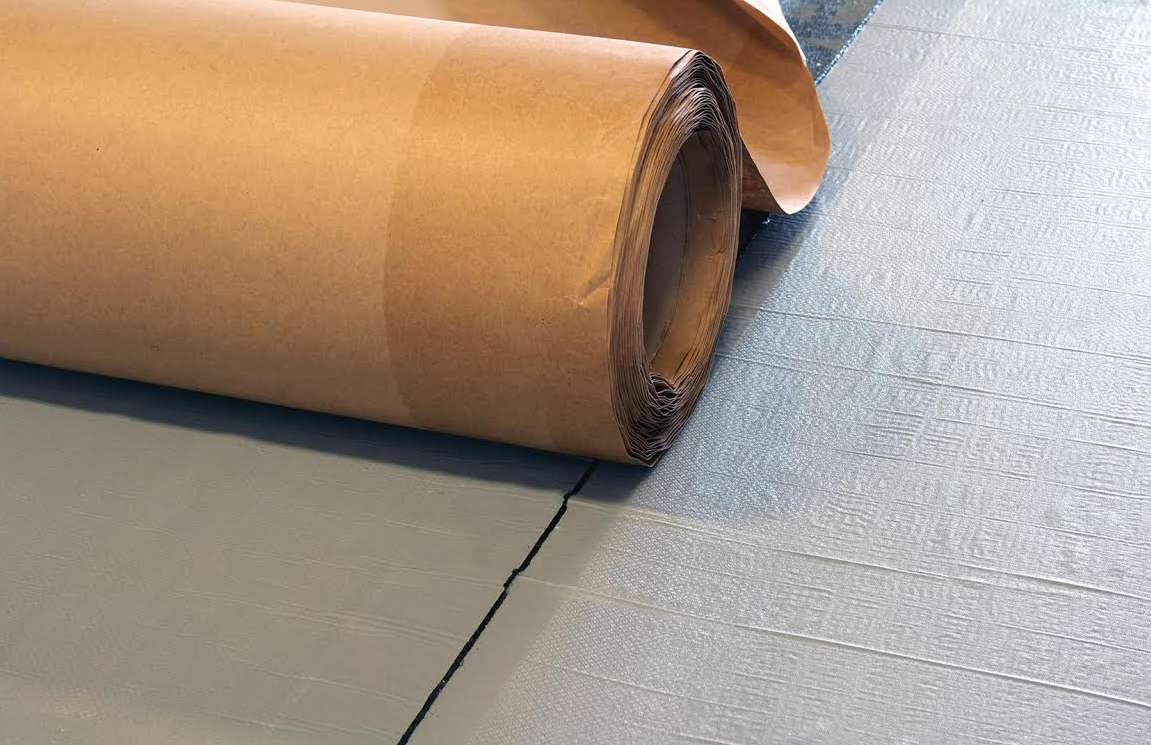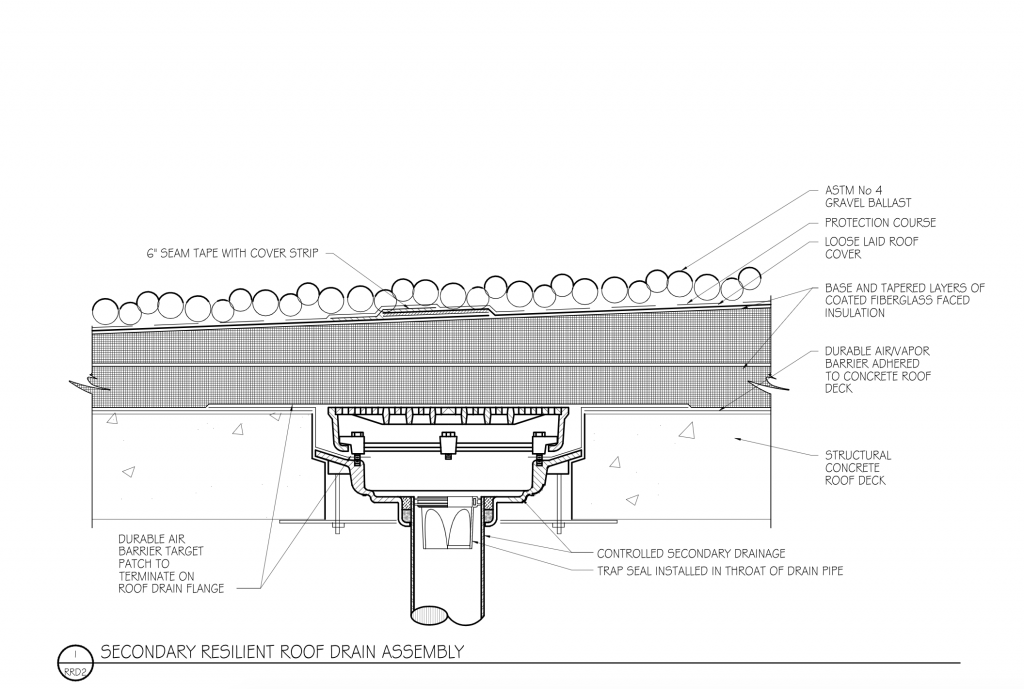Part i general refrigerated facilities are any buildings or sections of a building that achieve controlled storage conditions using refrigeration.
Roofing refridgerated storage without vapor seal.
The building location s annual outside temperatures plays a role in determining insulation thickness both for walls and roofs.
Moisture flow and vapor retarders.
Residential and commercial roofing shingles slate roof ventilation roof underlayments asphaltic and tpo roof membranes.
Provide a heavy duty vapor barrier similar to a pond liner at a freezer slab.
Usually polyurethane sprayed foam is chosen due to its high r value vapor blocking thermal resistance flexibility and performance under extreme temperatures.
For example nasa uses.
Roofing shingles and materials plus factory certified roofers including ratings from real homeowners from north america s largest roofing manufacturer.
That s why single ply roofing is the go to choice for refrigerated buildings.
Without a complete vapor seal vapor drive will result in condensation or ice formations at the building interior what follows are general details provided by metl span showing typical cold storage imp vapor barrier installation steps.
In the primary seal envelope surrounding the annular vapor space enclosed by the roof edge seal fabric and secondary seal.
Continuous vapor seal is achieved and the specified warranty prerequisites have been met.
It should be installed in layers with staggered joints at both the slab and the roof to prevent easy transmittance of temperature.
Two basic storage facilities are coolers that protect commodities at temperatures usually above 32.
For coolers and freezers the roof exterior vapor barrier whether imp or membrane must tie into the imp wall at roof to wall connections.
Provide proper insulation at freezer slabs.
There s one other important qualification.
Hence the need to reduce moisture flow into the attic and the need for a vapor barrier.
In this situation the water vapor on the outside of the building will by vapor pressure differential move into the cold storage building s interior.
2 internal floating type cover.
Spf insulation and cold storage often processing plants and distribution centers require complete buildings to be insulated from floor to ceiling.
Between the two air leakage moves far more moisture than vapor diffusion.
Vapor moves in two ways by diffusion through materials and by air leakage through gaps and holes in building assemblies.
If the vapor barrier is not installed properly or does not have a complete seal moisture vapor will penetrate into the building and over time ice will begin forming and expanding.
In cold storage facilities moisture vapor flow is reversed from a traditional building in a northern climate including the roof.




























